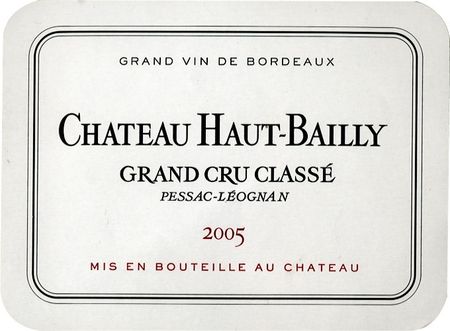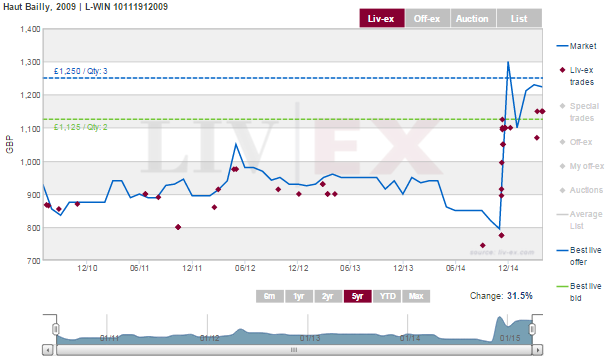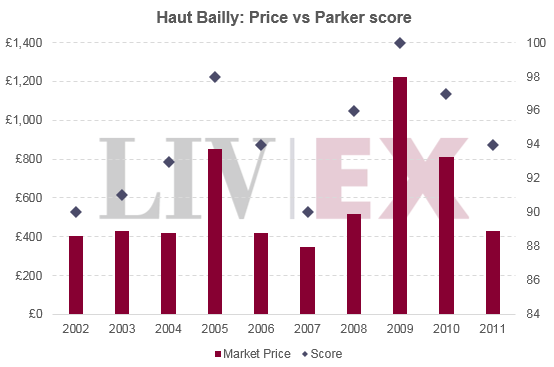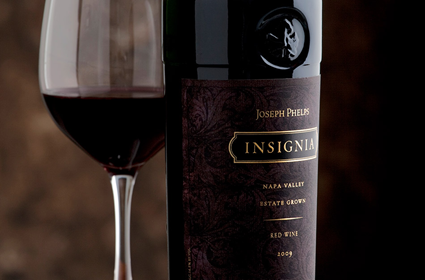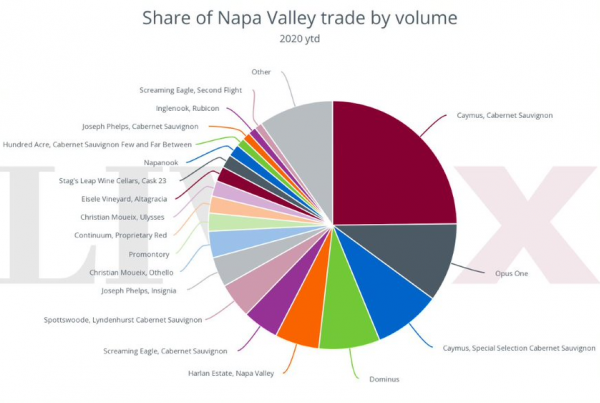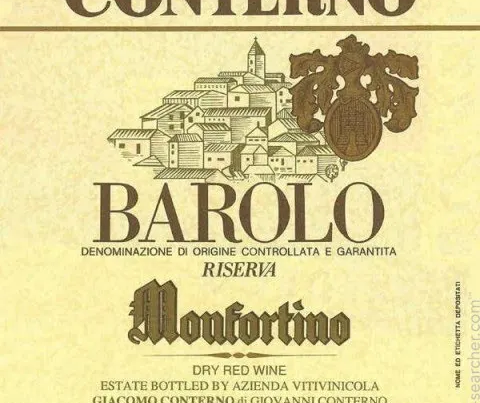Owner: Robert G. Wilmers
Classification: Cru Classé de Graves
Vineyard area: 30 hectares
Average annual production: 180,000 bottles p/a
Colour: Red
Standard blend: 60% Cabernet Sauvignon, 34% Merlot, 3% Cabernet Franc and 3% Petit Verdot
Other wines: La Parde de Haut-Bailly, Pessac-Leognan,Rose de Haut-Bailly, Chateau le Pape
History
Like many of Bordeaux’s most prominent chateaux, Haut Bailly’s history is one of ascendancy, decline and modern-day success. The vineyards date back to the 16th century, when two Basque merchant families bought up and unified parcels of land that had been planted with vines for several decades. A century later, the young estate was purchased by Parisian bankers Nicolas de Leuvarde and Firmin Le Bailly, to whom it still owes its name. After Fermin’s death, the estate was handed down from heir to heir before being sold and resold to various proprietors – one of whom later became the Mayor of Bordeaux.
In 1872, viticulturist Alcide Bellot des Minieres took the reigns and the Graves estate rose to a new level of distinction, as well as price. The chateau’s website claims: “His success increased the market price of Haut-Bailly to the same level as the First Growths of the Médoc.” Bellot des Minieres improved and expanded the vineyards and his achievements earned him the nickname “King of the Vintners”. (He also commissioned the construction of the current chateau.) The coming of phylloxera in the 19th century, however, brought an abrupt end to what had been a golden era. Bellot des Minieres believed that grafting vines onto American rootstock impaired quality, so he chose to spray the vineyards with copper-sulphate instead (an ineffective solution). After his death, a period of instability ensued and the chateau was sold several times. Eventually, in 1955, the declining estate was bought by a Belgian wine merchant named Daniel Sanders and viticulture finally took a turn for the better.
Sanders focused on the renovation of the estate and the amelioration of its vines – many of which were not yet grafted. His son took over in 1979 and work continued until 1998 when Haut Bailly was sold to American banker, Robert Wilmers. Despite the change in ownership, the Sanders maintained an active role in the running of the estate, and today Veronique Sanders (Daniel Sanders’ granddaughter) holds the position of general manager.
The 2009 vintage
Writing in the Hedonist’s Gazette in November 2014, Robert Parker awarded a perfect 100-point score to Haut-Bailly 2009 following a dinner at the chateau earlier in the year. Careful to offer transparency about his business links with bank owner and proprietor Robert Wilmers, Parker reviewed six Haut-Bailly vintages tasted on the evening. Of the 2009 he noted, “the finish goes on for close to a minute and the wine, while still a young pre-adolescent in terms of its evolution, is absolutely spectacularly complex and enjoyable already.”
The impact of Parker’s upgrade on price was instantaneous: before the announcement, the wine traded at £775 per 12×75. Just three days later, it traded at £1,125 – a 45% increase. It last traded for £1,150.
He also tasted the 1918 (96), 1947 (93), 2005 (98), 2006 (94) and 2010 (97+). Of these, the 2005 vintage was the only other upgrade, moving from 95 points. The 2006 and 2010 vintages were previously awarded 95 and 98 points respectively. As such, scores given at the chateau represent downgrades.
James Suckling, who awarded the 2009 vintage 97 points, was also impressed with its quality. He observed, “aromas of blackberries, wet earth and mushrooms, follow through to a full body, with a solid core of fruit. Velvety and delicious, yet wonderfully structured. Muscular wine. Best ever?” Jancis Robinson was a little more reserved. Scoring it 16.5/20, she described it as, “dense and concentrated. Ambitious with lots of well-managed tannins. Quite alcoholic!”
Market trends
Last month Liv-ex reported Haut-Bailly to be the top performing brand of the Bordeaux 500 index: its last ten physical vintages appreciated by an average of 15% since the bottom of the market in July 2014, led by the 2009 vintage.
However, it is not just prices that are on the move – scores have also risen. In April 2014, Parker commented that “ever since the acquisition of Haut-Bailly by American banker Robert Wilmers, he and his winemaker Veronique Sanders have dramatically led this estate to the top of the qualitative pyramid.” The increase in quality has been reflected in his points: the last ten physical vintages averaged 94.3 points, compared to 88.2 in the previous decade.
The chart below tracks the relationship between the current prices of Haut Bailly vintages and their respective Parker scores. Successive vintages saw gradual increase in scores from 2002-2004, and subsequent vintages have been scored even higher. Yet, in spite of this, prices remain competitive. The 97+ point 2010 vintage can be acquired for £812 per 12×75, while the 96 point 2008 has a market price of £515 – a fraction of the price of similarly scored First Growths.
The scores of the 2005, 2006, 2009 and 2010 vintages given above were awarded at an informal tasting. As such, they are not listed as the official score in The Wine Advocate. Their official scores are 95, 95, 98+ and 98 respectively.

